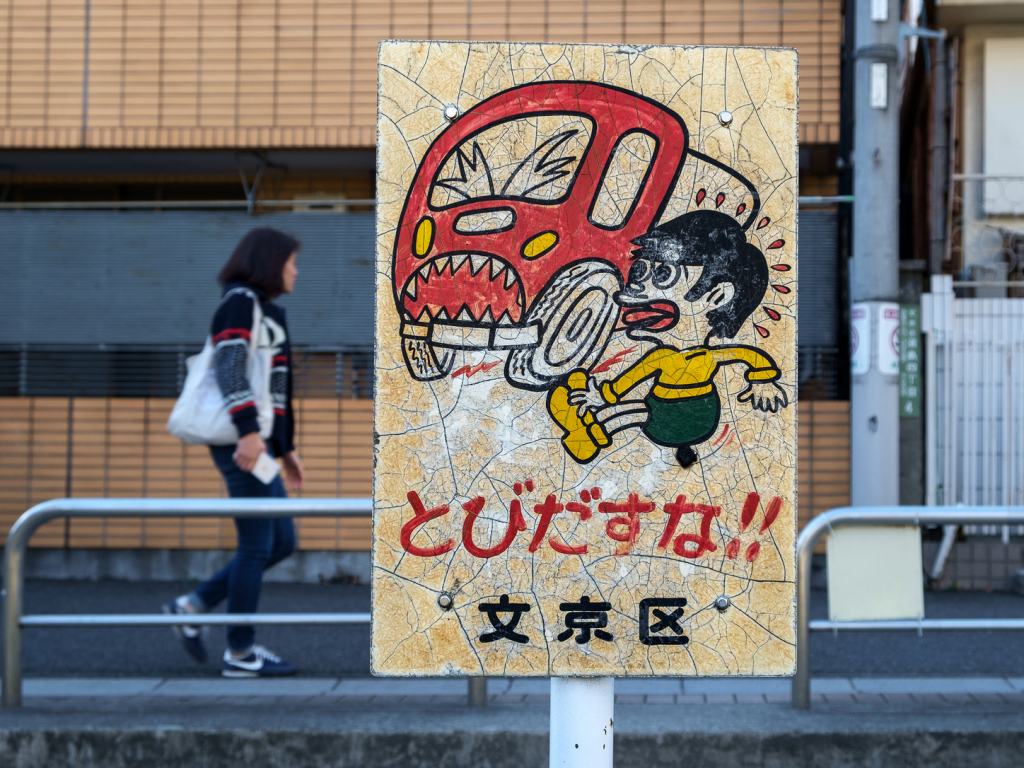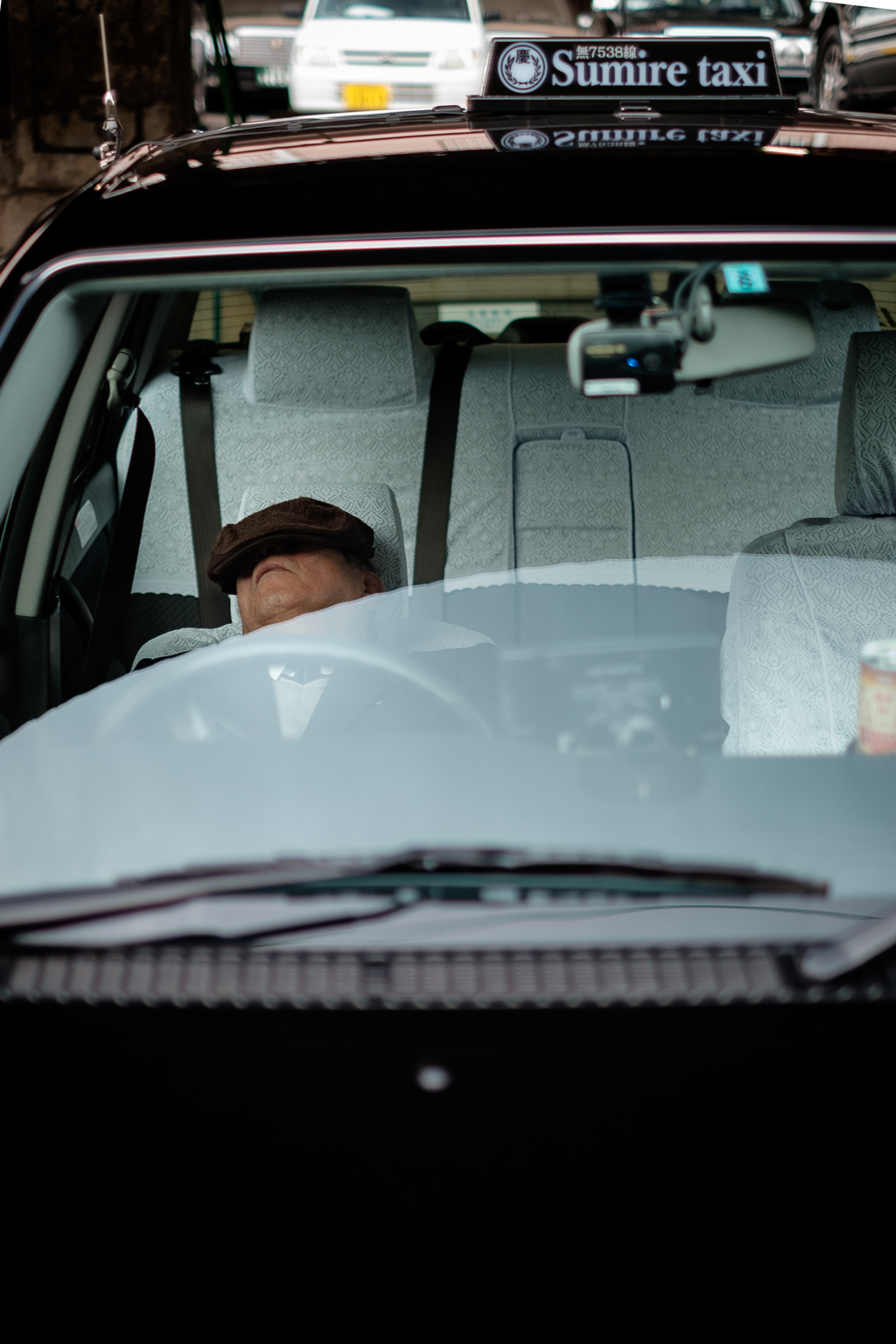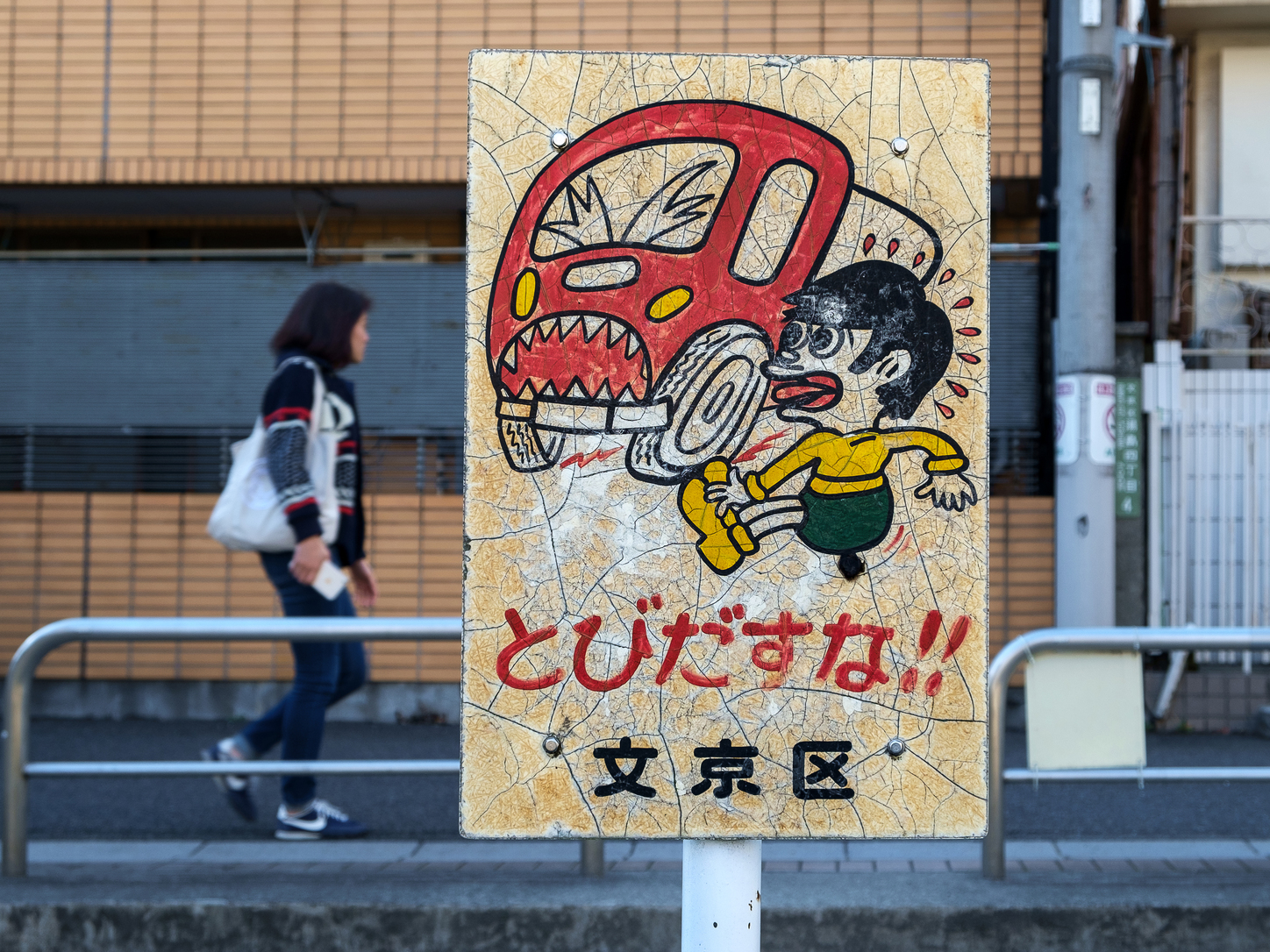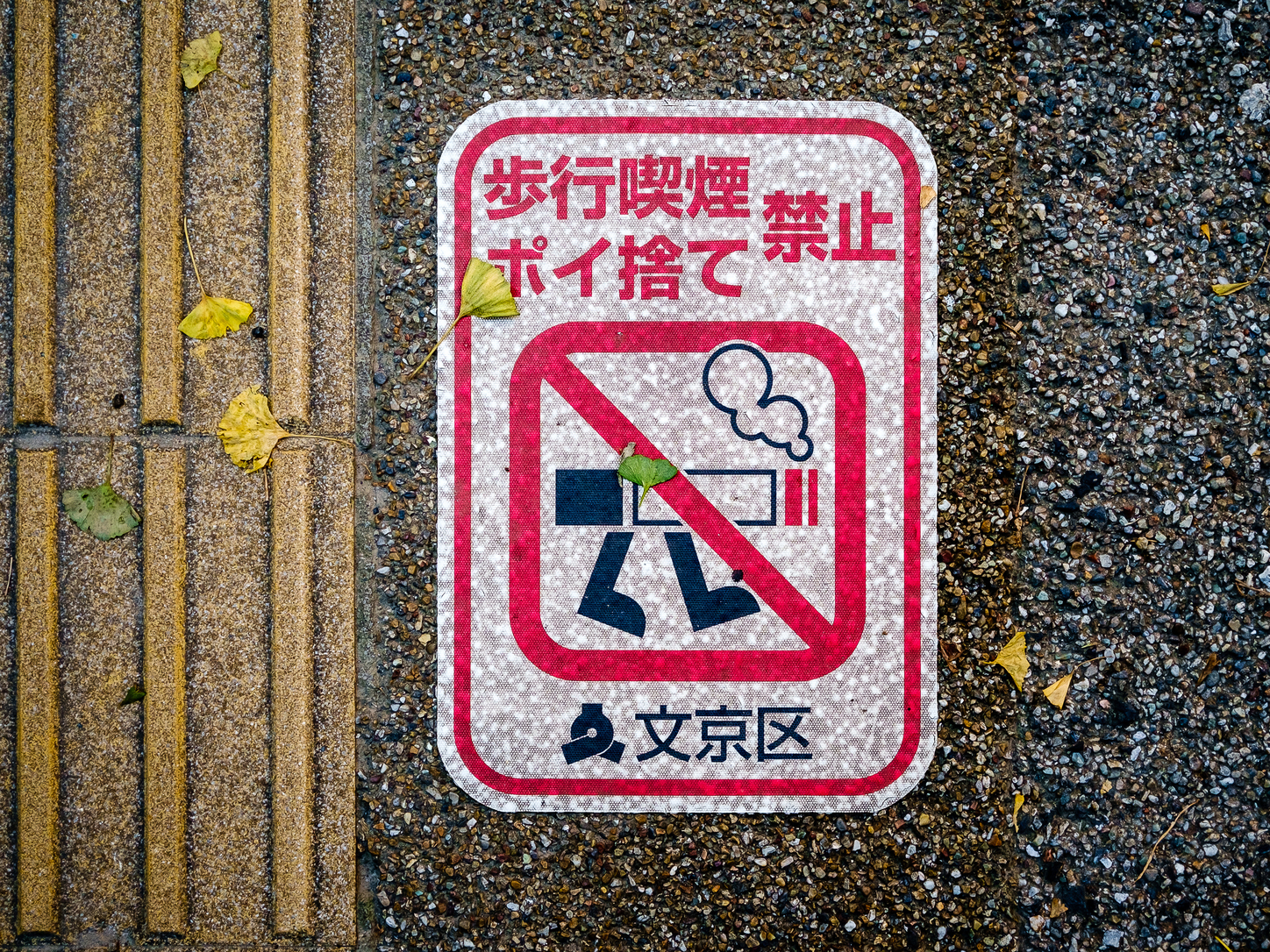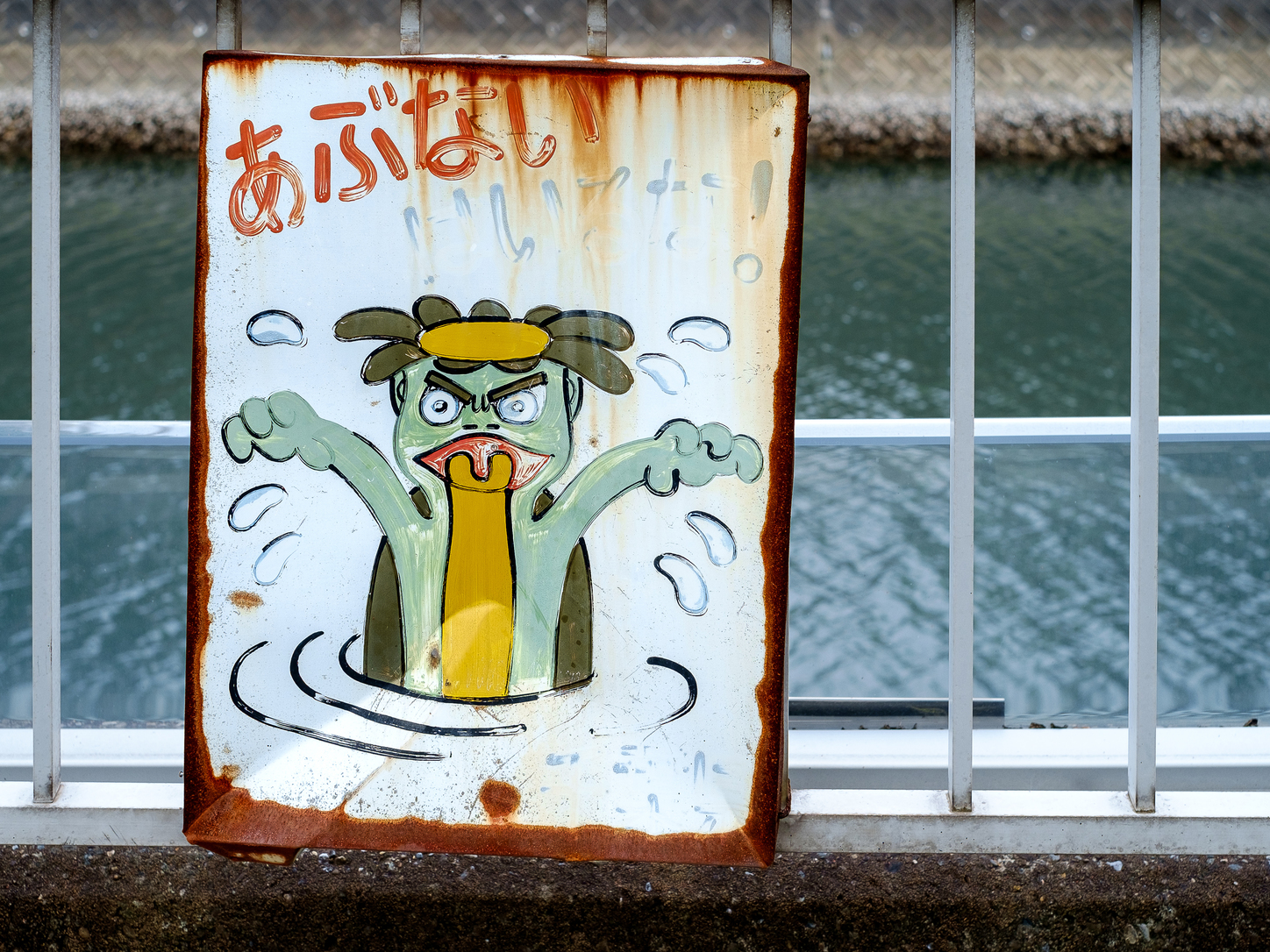Part of street photography’s appeal is its capacity to make you look at the objects and people that you pass by every day in a different way. There’s something in another person’s decision to frame, capture, and share those mundane moments or objects that pushes us to give it more consideration, to hold it in our mind’s eye for just a bit longer – to recognize its beauty, its humor, its wonder, or perhaps its fundamental sadness.
In a city that changes as fast as Tokyo does, it’s even more important to record the fleeting past as neighborhoods change, block by block and building by building – particularly in neighborhoods like Yanaka, or Shimokitazawa, or Tomigaya; places where the Showa spirit can still be felt, and which are even being curated by a younger generation.
That’s certainly the feeling we get when we look at the body of work of photographer Luca Eandi, who has been responsible for the pictures and words of our area guides for the past year. As he was getting ready to move back to the United States after several years in Japan, we wanted to know more about how he ended up doing an interview with a German radio station about Japanese signs, the lessons he’s learned from street photography in Tokyo, and the shot he never got that will draw him back to Japan – some day.
How did you get started as a photographer?
Both my uncle and older sister are into photography so I grew up around it. I had my first film camera by age seven and have owned a dozen cameras along the way, but I really didn’t obsess over it until my wife gifted me my first Fujifilm Mirrorless a few years ago for my birthday. It felt like a serious tool, capable of so much. We had just moved to Japan and everything was new, interesting and worth documenting, so it was the perfect opportunity. Plus, Tokyo has great camera stores for legacy lenses and rare gear.
What are some of the most memorable experiences you’ve had while out shooting?
One of my favorite ways to see a new place is to hit the pavement and just walk around until I get a feel for it. What’s made places like Tokyo, Bangkok or Hong Kong memorable is getting lost in the backstreets and following my instincts in search of images – eyes open, camera in hand, ready to capture the right moment. Those days of exploration are always memorable. Having said that, street photography is not always guaranteed to produce results. I may have one picture per month that I like, and maybe a couple per year that I love. I did an all-nighter walking tour of Tokyo with a friend once and it was surprisingly uneventful. However, shooting in packed trains is always fun.
Do you have any techniques that help you take photographs unnoticed?
I’ve tried deceptive things like pretending to capture something behind the subject or “shooting from the hip” with the camera around my neck, but I’ve realized that it’s best to take shots out in the open. If people see me, I just smile, nod and move on. I’ve never really had a problem with this approach. By the time people notice me, I’m usually done taking the shot. Recently I started handing out contact cards and telling people to email me for a copy.
Has shooting in the street taught you any great lessons?
From a technical standpoint – timing, alertness and quick decision-making. I really learned to use my camera. On more general terms, it taught me confidence, patience, and it has emboldened me to engage with strangers.
You’ve said before that the human element plays an important role in your photography. Can you make any generalizations about the Humans of Tokyo as photographic subjects?
Tokyo is one of my favorite places to shoot, not only for its sheer number of humans living public lives, but because there’s so much uniformity that it makes it easier for things to stand out. For example, when you have a train full of black-suit-wearing people staring at their devices, it’s really easy for one person to look heroic just by wearing red, looking up and smiling. At the same time, people in Tokyo are notoriously reserved and pretty camera-shy. There’s also a tremendous amount of sadness and loneliness – people seemingly trapped in their existence – and it can be unbearable.
Why do the signs of Japan appeal to you so much, and how did you end up doing an interview on German radio about them?
At first, being that I couldn’t read the language, the illustrations caught my attention. They’re so vivid and expressive that I was able to interpret the signs immediately. Then, as themes started to emerge, I felt that they expressed so much about Japanese culture that it felt important to document them. Construction-related signs are everywhere because Tokyo is constantly rebuilding itself. Signs dictating behavior in public spaces uphold conformity. Kids grow up having no choice but to play in traffic, so “tobidashi” [kids dashing out in the street] became a recurring character in residential areas. I started a Tumblr page and it took off in popularity. Someone at Kotaku saw it, they ran an article about it and other blogs picked it up from there. I ended up doing an interview with German public radio about it, of all things. I ended up with photos of over 2,000 unique signs. I’m currently trying to find a publisher for a book project.
What is Tokyo like as a city for photography?
It’s a great background and wonderful as a subject on its own. The architecture in residential areas is often puzzling or even atrocious, but it’s unique to the city, so it serves as a strong setting.
What have been your favorite neighborhoods for shooting?
Neighborhoods like Shinjuku, Shibuya and Akihabara are great to shoot at night because they’re so well-lit and filled with people. Ueno, Shimokitazawa and Asakusa are great daytime subjects. I always preferred the old storefronts and abandoned buildings around Tomigaya, Jimbocho and Yanaka, or biking around my old neighborhood, Makuhari-hongo.
Are there any things around Tokyo that you really wished you could have photographed, but didn’t?
I never photographed Tsukiji Fish Market, but plenty of people have done that, so I never felt the need. Never once went to Zojo-ji. Never got a good shot of the city with Mt. Fuji in the background. Most of all though, I really wanted a shot of a sumo wrestler riding a small bicycle, but alas, it never materialized. I’ll be back to get that shot alone for sure.
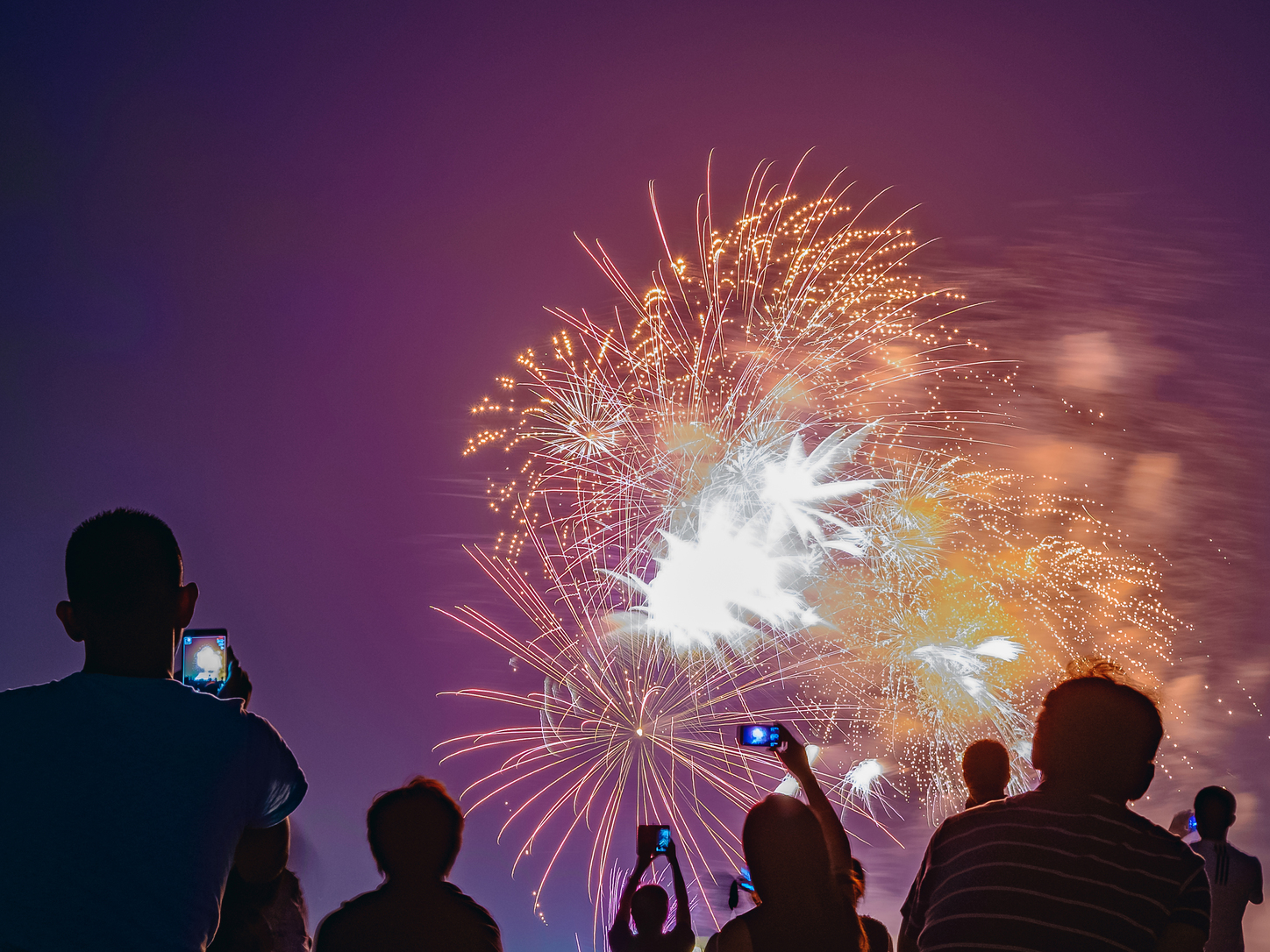
All photographs by Luca Eandi

